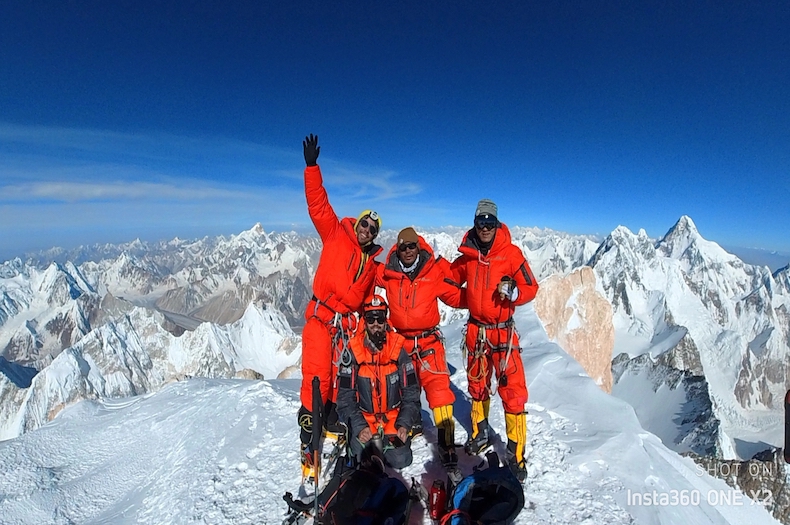The South Side of Everest is Overcrowded with Inexperienced Climbers


The rise in High-altitude mountaineering’s popularity has caused a massive annual increase in the number of people attempting to climb Mt. Everest. To be clear, we do not see this as a bad thing, and we are excited to see the growth of our sport. However, the South Side of Everest has become overcrowded with inexperienced team members and unqualified guides.
By the Numbers
There are 454 climbing permits issued for the 2023 spring Everest season, comprising 30 or 40 teams on the mountain. The largest team is made up of over 100 people, with dozens of additional support staff and Sherpa. For every foreign climber, there is roughly one climbing Sherpa. That means there will be nearly 1000 people climbing on the south side of Everest this season.
In 2019, the last year that the North Side was open to foreign climbers, there were roughly 125 foreign climber permits issued with around the same amount of high-altitude workers. We expect the same numbers for the 2024 season. 300 climbers on the North Side vs 1000 on the South Side.
Experience Matters
The key issue with the overcrowding on the south side is not number of people attempting to climb the mountain; it’s the number of people climbing from the south side that do not have the experience necessary to belong there. When you’re climbing the tallest peak on the planet, experience matters. We’ve seen everything from teams with people who are learning to walk in crampons for the first time, people learning to use fixed lines and oxygen systems for the first time. People who, to be frank, should not be trying to climb Everest. It’s not that they should never try Everest, they should just do so after getting the proper experience.
An inexperienced member could have an accident or need additional support from the guides, pulling resources from you and the rest of the team to manage the risk of the inexperienced climber. This lowers your chances of success, and your margins of safety.

What Would be Considered “Proper Experience”?
We choose to look at the experience in high-altitude mountaineering as a pyramid of sorts; 6,000m at the base, 7,000m at the center, then 8,000m at the top, with Everest as the shining gold apex of the pyramid.
Pyramids need a wide base to be strong, so having experience on several 6,000m peaks is the best place to start. While climbing the 6,000m peaks you start to develop the technical skills necessary to be successful on bigger peaks as well. Once you have your foundation, you can add to your pyramid once again with a 7,000m peak. 7,000m peak expeditions give you experience climbing a peak with multiple camps, making acclimatization rotations, and climbing to 7,000m (which is around when we start to use oxygen on 8,000m peaks). This experience at 7,000m opens the doors to 8,000m.
Finally, 8,000m. The accumulation of all the skills learned and experience gained to try to climb one of the 14 tallest peaks on the planet. 8,000m peak climbing is a whole new ball game. Oxygen, fixed lines, climbing in Sherpa Teams, weeks spent living at 18,000’+, acclimatization rotations, and last but certainly not least, climbing above the 8,000m mark. Climbing an 8,000m peaks like Cho Oyu or Gasherbrum II give you all the tools in the toolbox necessary to reach the summit of the tallest mountain on the planet. Once this “altitude pyramid’ is built, then someone can head to Everest knowing that they’ve done everything in their power to set themselves, and their team, up for success.
Its the number of inexperienced climbers on the South Side of Everest is one of the core reasons we no longer guide there. If you’re keen to climb a safer route with fewer people, join us on the north side of Everest in 2024.